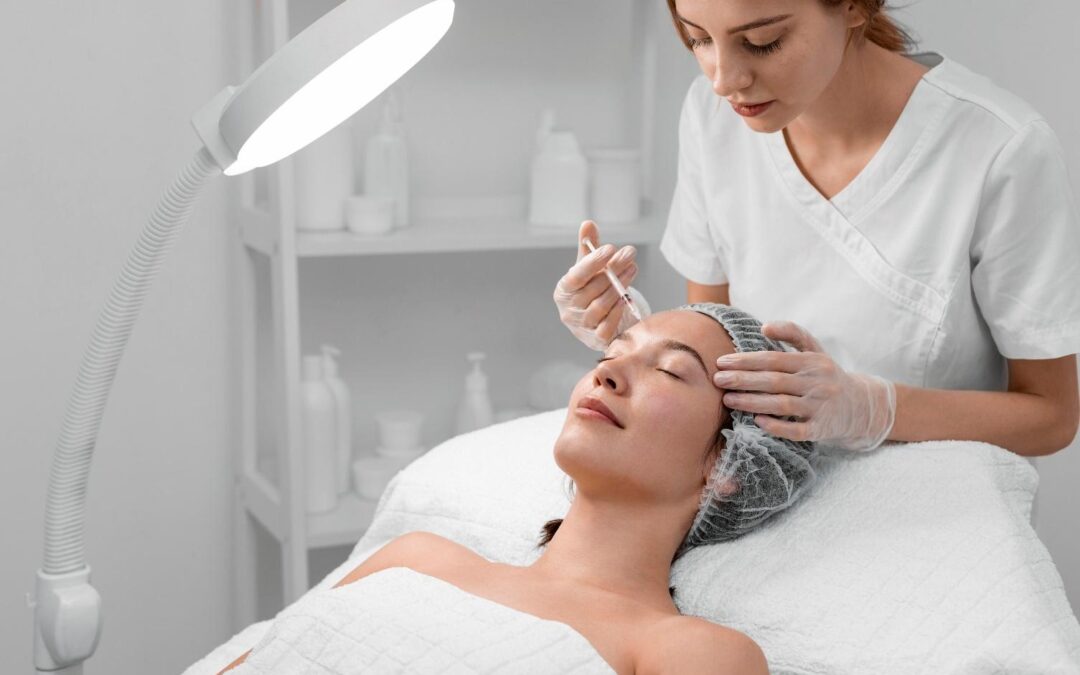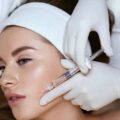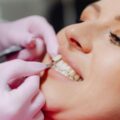The search for the key to beauty and youthfulness has captivated minds across cultures and generations for centuries. Have you ever thought about Botox for facial enhancement? Cosmetic botulinum toxin injections have been used since 1999. American plastic surgeons administered nearly 2 million Botox injections in 2019. This surpasses the next popular procedure, hyaluronic acid dermal fillers, by more than double. This post will uncover the features of best Reno Botox treatment, exploring its benefits, and potential adverse reactions. Keep reading to get all the details.
Before we start, if you’re searching for where to order botulinum toxin for your clinic, look no further. DKdermal is a premier Botox supplier from Canada. They provide a diverse range of high quality products at friendly-budget prices. Place an order on their site to elevate your practice with the best aesthetic solutions!
What is Botox?
Botox is a short name for botulinum toxin. This treatment is designed to reduce facial wrinkles or fine lines. It works by temporarily paralyzing or relaxing the facial muscles responsible for these skin imperfections, resulting in smoother, more youthful-looking skin. The procedure involves a precise and targeted botulinum toxin injection into a specific muscle. Clinical trials, including randomized controlled trials, have shown Botox injections’ efficacy in smoothing targeted areas. Botox and other botulinum toxins are FDA-approved for specific cosmetic and medical indications, ensuring safety and efficacy.
There are several types of botulinum toxin injections, each designed for a specific purpose and treatment area. Botulinum toxin type A is primarily employed in the treatment of wrinkles and fine lines on the face. Type A products include onabotulinumtoxinA (Botox), abobotulinumtoxinA (Dysport), incobotulinumtoxinA (Xeomin), daxbotulinumtoxinA (Daxxify) and prabotulinumtoxinA (Jeuveau). Botulinum toxin type B is commonly the preferred option for addressing neck spasms, with rimbotulinumtoxinB marketed under the name Myobloc.
Dysport, a facial Botox alternative, is an injectable treatment used to temporarily improve the appearance of dynamic wrinkles and facial lines caused by muscle movement. It works by blocking nerve impulses to the injected muscles, resulting in a relaxed and smoother appearance. However, it’s essential to consult with a qualified healthcare professional like https://www.doctormedica.co/shop/brand/dysport before undergoing any cosmetic treatments to discuss potential benefits, risks, and suitability for your specific needs.
How Does Facial Botox Differ From Traditional Botox Treatment?
Traditional and facial Botox treatments essentially refer to the same procedure. The term “Facial Botox” often emphasizes the cosmetic aspect of Botox injection that targets wrinkles, providing facial rejuvenation. Facial Botox is commonly used for treating dynamic wrinkles. Traditional Botox can encompass a broader range of applications, including both cosmetic and therapeutic uses. The terms are typically used interchangeably.
What Are the Treatment Areas of Botulinum Toxin Injection?
Most Botox injections are connected with dynamic wrinkles, which develop due to facial expression.
- The first treatment area, which is associated with Botox shots, is the forehead. Botulinum toxin injections target forehead lines and help to diminish their visibility, providing a smoother complexion.
- Botox injections are used around the eyes to address crow’s feet, dark circles, and sagging eyelids. This application helps create a more refreshed and rested look.
- Botox injection, strategically placed along the brow line, can lift and shape the eyebrows.
- Frown lines, often called “11 lines” or “glabellar lines”, form between the eyebrows due to muscle contractions. Botox is highly effective in softening even severe frown lines, reducing their prominence.
- Botox injection may be employed to achieve jawline contouring by relaxing the jaw muscles and reducing the appearance of a squared or overly pronounced jaw. Also, it can be used for facial asymmetry to improve the shape overall.

Botox shots are most commonly associated with facial aesthetic applications, but it has also demonstrated efficacy in treating medical conditions such as migraines, muscle spasms, and excessive sweating. The versatility of botulinum toxins and its ability to address both aesthetic and therapeutic concerns contribute to its widespread popularity in the field of cosmetic and medical aesthetics. While botulinum toxin procedures are popular and effective, they are not the only treatment to rejuvenate the face. Comprehensive aesthetic plans may involve a combination of dermal fillers or skincare regimens to gain optimal results.
What Results Can Botox Injections Provide?
Botox injections can provide a range of cosmetic and therapeutic benefits, depending on the specific goals of the individual undergoing the treatment. At the same time, there may be side effects, as in any aesthetic procedure.
Aesthetic Effects Of Botulinum Toxin Injection (Botox):
- Reduction of facial wrinkles, such as forehead or frown lines, and crow’s feet.
- Prevention of new wrinkles.
- Improvement of facial symmetry.
- Brow lift and improved upper eyelid appearance.
- Treatment of neck bands.
- Facial revitalization.
Results can vary among individuals. They depend on the dosage and injection techniques, individual anatomy, treatment area, patient’s age, metabolism, and medical history. The aesthetic effects after Botox injection are temporary. Consistency in receiving Botox treatments can influence long-term results. Post-treatment follow-up appointments for assessment and potential adjustments contribute to optimizing botulinum toxin effects.
Side Effects:
- Redness, bruising, and swelling at the injection sites. Individuals taking blood thinners may experience increased bruising.
- Headache or mild discomfort.
- Top eyelid drooping.
- Flu-like symptoms.
- Localized numbness.
It’s important to note that the majority of side effects associated with botulinum toxins are temporary and mild. Serious complications, like an allergic reaction or infection, are rare when Botox is administered by qualified healthcare professionals. Individuals should thoroughly discuss their medical history and concerns with their healthcare provider to ensure a safe and tailored treatment plan. Also, practitioners should assess the condition of overlying skin before starting botulinum toxin treatments to prevent the risk of side effects.
How Long Does Facial Botox Last After Botulinum Toxin Treatment?
Facial Botox injections work by temporarily blocking nerve signals to the muscles, preventing them from contracting and causing wrinkles. As the effects gradually wear off, muscle activity returns to normal, and wrinkles may reappear. The majority of individuals find that they need follow-up treatments to maintain the desired results after botulinum toxin injection.

The duration of the facial Botox effects typically lasts for 3 to 6 months. Its longevity hinges on individual metabolism, the dosage administered, and the specific areas treated. Skilled practitioners, well-versed in facial anatomy and injection technique, play a pivotal role in optimizing the duration and outcomes of Botox treatments.
Final Words
Unlike dermal fillers, Botox injections are designed to provide improvements in aesthetic and medical procedures. Facial Botox is associated with cosmetic treatments on the face, especially in areas with dynamic wrinkles, like crow’s feet or severe frown lines. It’s a good non-surgical option for individuals searching for treatment of aesthetic concerns without invasions and minimal recovery time. Give Botox a try — contact your healthcare provider to determine if botulinum toxin treatments are suitable for you!
Jessica has a flair for writing engaging blogs and articles. She enjoys reading and learning new things which enables her to write different topics and fields with ease. She also strives to break down complex concepts and make them easy for anybody to comprehend.





